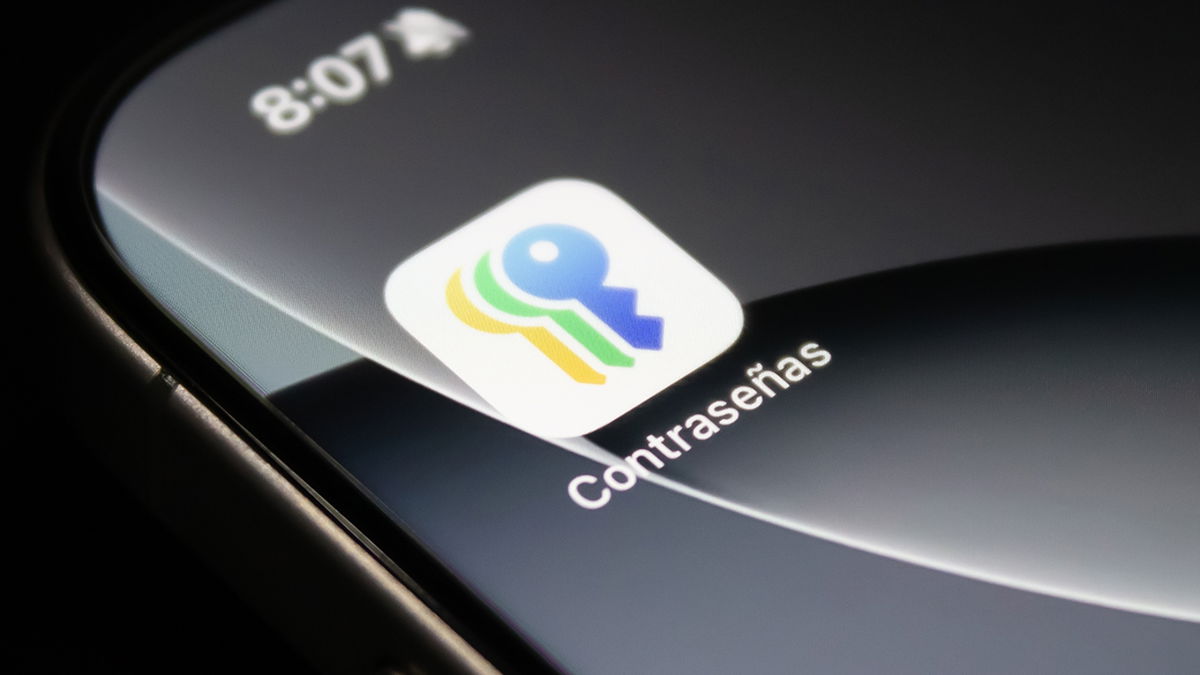Although many of us were expecting a high-end Mac mini, the latest rumors of a Mac for creative professionals have turned out to be true. The Mac Studio is here, which promises power, extensive connectivity and a modular system.
With a starting price of $2,329, the new Mac is reminiscent of the G4 Cube from 2000. It will be reminiscent of some Mac Pros introduced in 2013, although this time it comes with the Studio Display, with a massive 27-inch Retina display. 5K screen. .
Inside the Mac Studio is the M1 Max chip or the M1 Ultra chip, the latest version of Apple’s M1 chip. The latter combines two M1 Max chips on the same die to double the CPU, GPU and RAM, without increasing latency, bandwidth or power consumption.
On the other hand, the new Studio Display is Apple’s first consumer display since 2011 and, as you can imagine, it includes some big improvements. The screen uses True Tone and offers a brightness of up to 600 nits. It also includes a 12 MP ultra-wide-angle camera, the same as the iPad Air.
When will Mac Studio be released? And the StudioDisplay?
The new Mac Studio and new Studio Display can be reserved now through Apple’s website. However, it won’t be until the next March 18
We do not yet know when they will be available in Mexico and the rest of Latin America.
How much does the Mac Studio and Studio Display cost?
The Mac Studio is priced at $2,329 / MXN 51,999 for the base model with the M1 Max chip. If you want the most powerful model, with the M1 Ultra chip, you’ll have to shell out $4,629 / MXN$106,999.
The Studio Display, on the other hand, is priced at $1,779 / MXN 39,999 for the model with standard glass, or $2,029 / MXN 47,999 for the model with nano-textured glass.

What are the features of Mac Studio?
Mac Studio is the new Mac designed for professionals who work, as the name suggests, in studios. So, we think Apple wanted to make a new Mac for professionals in the creative world, not just those who want professional features.
The design of the Mac Studio is a cross between a Mac mini, the G4 Cube and the Mac Pro from 2013. It is also reminiscent of the original Apple TV model. It has dimensions of 19.7 x 19.7 x 9.5 cm and weighs 2.7 kg (or 3.6 kg if you opt for the model with M1 Ultra).

Processor
The M1 Max offers a 10-core processor (just like the M1 Pro). The M1 Ultra, on the other hand, doubles that and offers a 20-core processor with 16 high-performance cores and 4 high-efficiency cores.
Graphic
Until now, the M1 Max was Apple’s most powerful GPU offering. The M1 Max’s GPU offers 32 cores (although there is also a 24-core option).
The M1 Ultra chip combines two M1 Max chips for twice the GPU cores. Thus, the arrival of a GPU with neither more nor less than 64 cores is possible.
RAM
The M1 Max chip is supported by 64 GB of RAM. This means that with the M1 Ultra, Apple can offer double the RAM. So you can have up to 128 GB of RAM in a Mac Studio.
Apple chips use a unified memory architecture, which ensures that all components, be it the graphics unit, main processor, or multiple auxiliary processors, have immediate access to the same RAM.
Therefore, no performance loss due to memory access remodeling can occur.
Ports and Devices
Unsurprisingly, the Mac Studio has a nice collection of ports. You can see some of the ports in the image above, but there are even more on the front, including a card reader.
Like the Mac mini and 24″ iMac, the Mac Studio also offers USB-3 ports, which are great for those with older devices. There’s also an HDMI 2.0 port.
Support for 802.11ac Wi-Fi and 10GB Ethernet option on the new model are also expected.
And what about the Studio Display?
To complement the Mac Studio, Apple has also launched a new monitor, known as the Studio Display. You should know that you can connect it to any Mac, so it can be the perfect companion for your MacBook or Mac mini.
It’s the first Mac (even if it’s just a display) to support center framing, which automatically adjusts the frame to keep you centered during video calls. Virtual meetings should also be better, thanks to three studio-grade microphones and a six-speaker audio system with Spatial Audio support.

On the back, you’ll find three USB-C ports, one of which is Thunderbolt compatible for fast data transfer. It can also be used as a 96W power supply, allowing fast charging of the MacBook Pro, for example.
The stand that comes with the Studio Display can tilt the screen up to 30 degrees. If you prefer, it is also possible to use an adjustable arm to find the perfect height.
Inside the Studio Display is Apple’s A15 Bionic chip. It is designed to be used with the new Mac Studio, which uses the M1 Max or the new M1 Ultra. It also makes many more ports usable.
Table of Contents








